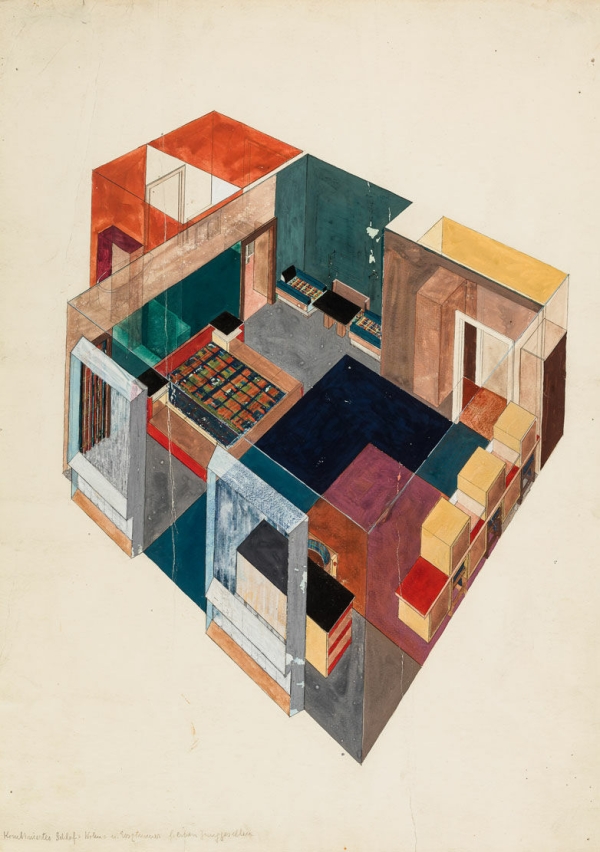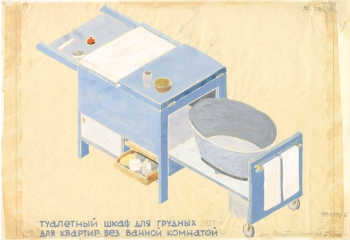Both
designers were born in Vienna at almost the same time, began their training at the Graphische Lehr- und Versuchsanstalt and
enrolled at the Kunstgewerbeschule shortly afterwards. Both Dicker-Brandeis and Schütte-Lihotzky took a clear left-wing political
stance. Their practices of criticism and resistance against fascism as well as their identification as socialists translate
consistently into the formal and institutional levels of their works.
While Schütte-Lihotzky quickly gained recognition,
was involved in international projects as an architect, survived National Socialism and compiled a comprehensive archive of
her work, Dicker-Brandeis' emigration, deportation and murder resulted in the destruction of all her buildings, the dispersion
and partial loss of her work and its precarious documentation. The reception of both designers is characterized by gender-stereotypical
reductions and only takes place after a long phase of structural oblivion.
The symposium, co-organized by the Collection
and Archive, University of Applied Arts Vienna and the Margarete Schütte-Lihotzky Center, explores these and other parallels
and differences between the two positions across three topics. The contributions explore planned, built, artistic and discursive
spaces in which Dicker-Brandeis' and Schütte-Lihotzky's preoccupation with alternative pedagogy manifests. They contextualize
the political forms and conditions in their practice and reconstruct their intellectual biographies.
Concept
and organizationCollection and Archive in cooperation with the Margarete Schütte-Lihotzky Centre
ParticipantsLola Berger, Marcel Bois, Veronika Duma, Christoph Freyer, Johanna Gehmacher, Silvia Herkt, Katharina Hövelmann, Birgit
Kirchmayr, Stefanie Kitzberger, Robert Müller, Christine Oertel, Sabine Plakolm-Forsthuber, Cosima Rainer, Bernadette Reinhold,
Petra Schaper Rinkel, Antje Senarclens de Grancy, Christine Zwingl
Contribution by Eva Engelbert with Florian
Boschek, Olga Mathilde Gärtner, Katharina Mährlen, Lili Pick (Students of the University of Applied Arts Vienna)
InformationAs part of the symposium, there will be guided tours at Margarete Schütte-Lihotzky's apartment
on April 11, 2024, starting at 5:30 pm. Registration or by e-mail:
anmeldung@schuette-lihotzky.atLanguageGerman





